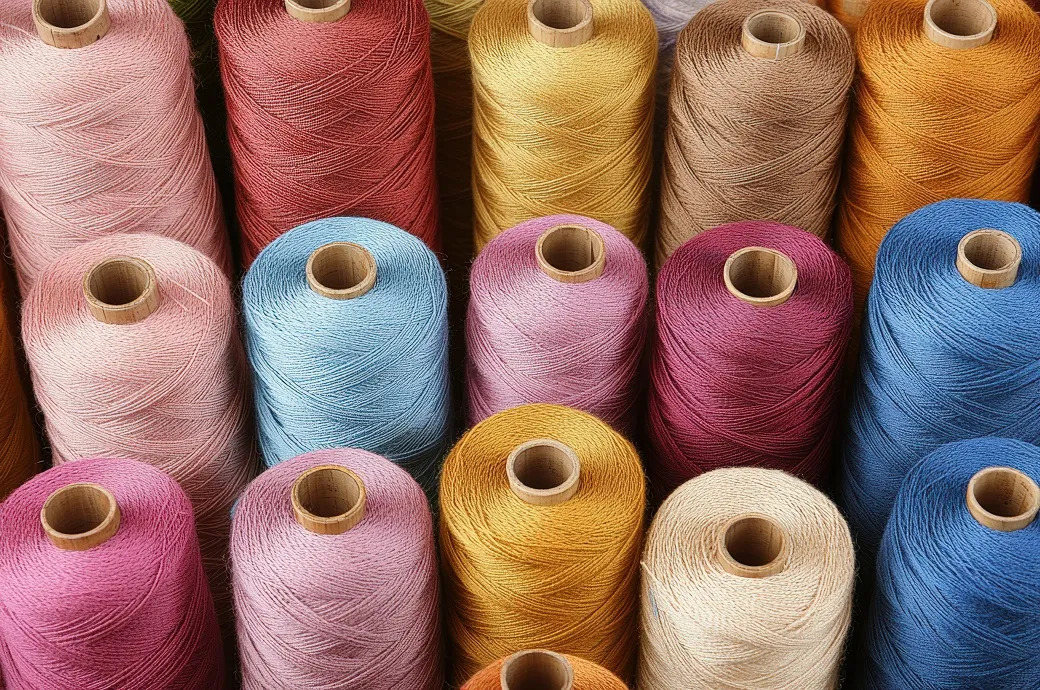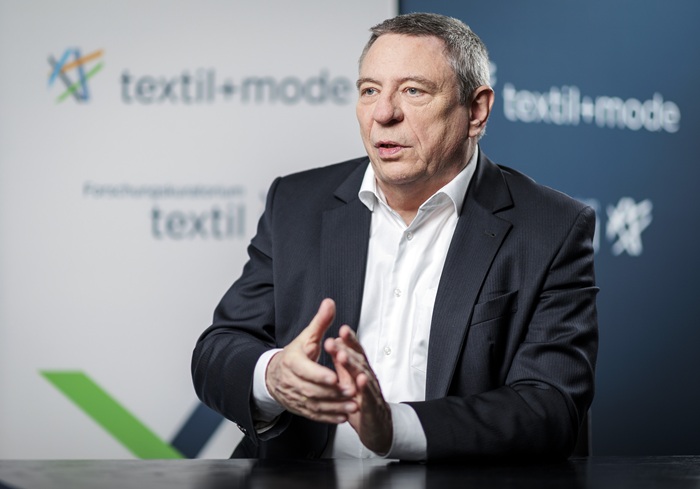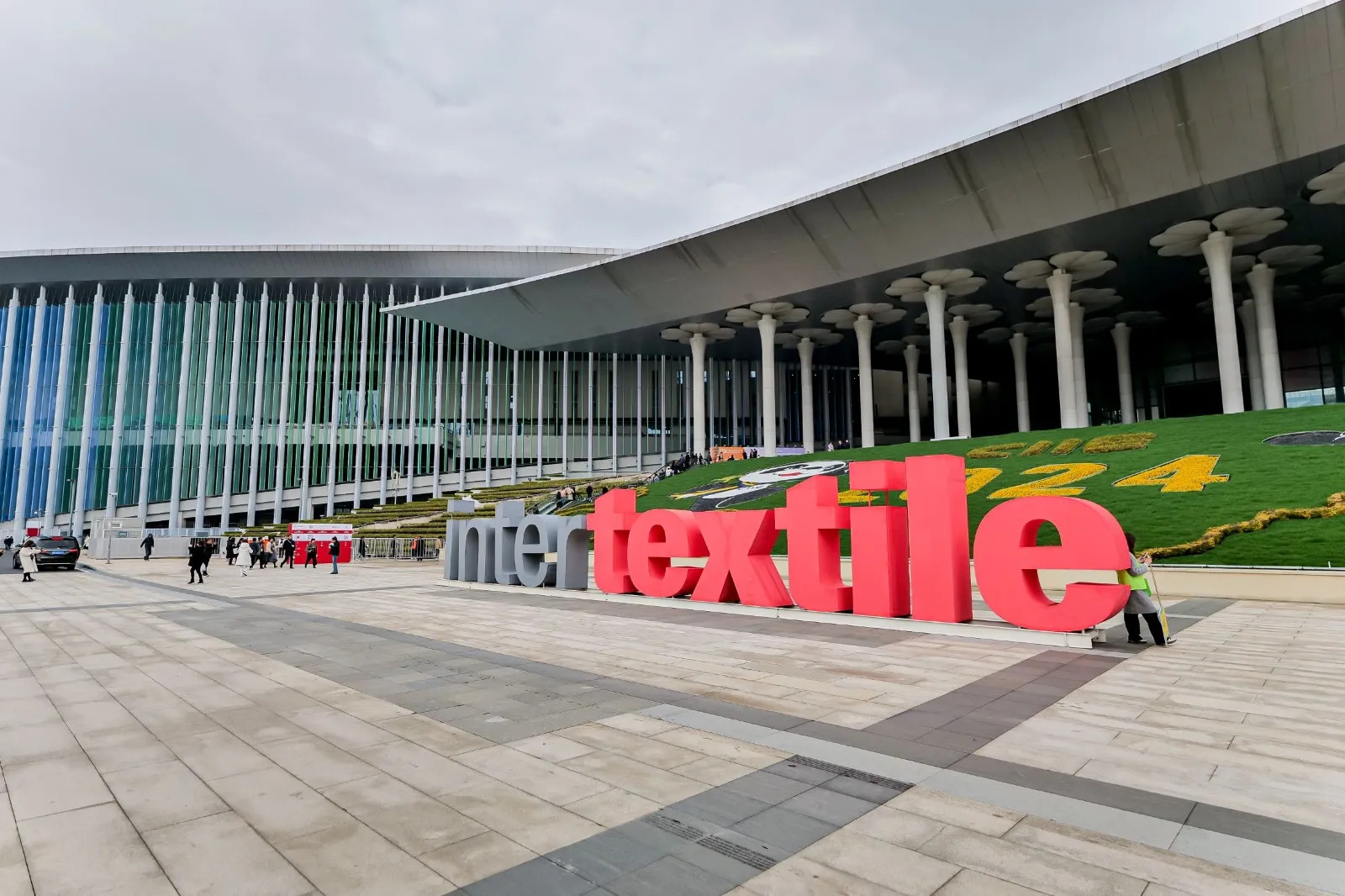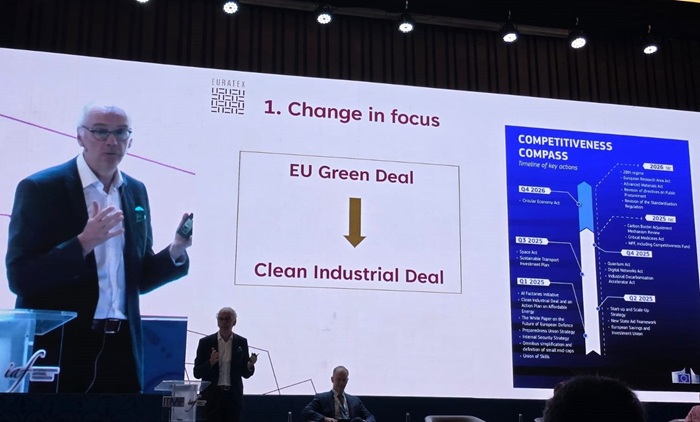FW
Bangladeshi exporters have taken Brexit as a grave concern as it has already started affecting the country’s trade with the UK where the country’s exports achieved spectacular growth in last several years. Local readymade garment (RMG) exporters feel that policy support including cash incentive would help them cope with the impacts anticipated to be caused by the exit of UK from the European Union (EU), the world’s largest trading block. The UK is the third biggest export destination of Bangladeshi products after the US and Germany. Bangladesh enjoys the balance of trade in its favour with the world’s fifth largest economy.
According to Export Promotion Bureau (EPB) data, Bangladesh exported goods worth $3.81 billion to the UK against its imports of $276.60 million in the fiscal year 2015-16 posting a trade surplus of $3.53 billion. Whereas in the last fiscal (FY 2014-15), the country fetched $3.2 billion from exports to the UK and imported goods worth $330.20 million registering a surplus of $2.87 billion.
Bangladesh Garments Manufacturers and Exporters Association (BGMEA) President Siddiqur Rahman has rued that the Brexit process has started and it is affecting the trade between Bangladesh and the UK. He claimed that Bangladesh’s export market in the UK is worsening due to the influence of Brexit process. The price fall of UK pound has caused losses to us and it is speculated that the situation will further worsen in near future.
The output of the cotton crop in Pakistan is likely to improve during this season. However, there is not an iota of doubt that It would remain on the lower side but better compared to that of the last season mainly due to favourable weather conditions.
According to a feedback from the growers, it is being projected that Pakistan's cotton crop is expected to be 10.6 million bales, slightly higher than 9.7 million recorded in the last year, traders and experts say. In the first week of this month, Pakistan's Cotton Crop Assessment Committee (CCAC), already revised cotton production target on the downhill and estimated cotton crop of 10.54 million bales (1 bale = 155 kg) in this season against actual target of 14.1 million. CCAC has revised cotton crop estimates for the third time during this season. The cotton prices were also expected to rebound in the coming month due to higher demand of quality cotton and ginners were also likely to offload improved quality cotton in the market in January, traders added.
The United State Department of Agriculture (USDA) had also predicted that Pakistan's cotton crop would rebound 18 per cent during that season. The Department’s recent report on Cotton and Wool Outlook stated that Pakistan's crop is projected at nearly 8.3 million bales in 2016-17, an 18-per cent rebound from a 2015-16 crop that was the countries lowest since 1998-99. Although 2016-17 area was forecast at a three-decade low, crop conditions appeared to have been favourable that season as the yield was projected at 748 kg per hectare, one of the top yields on record for Pakistan, it added.
It has always been a trend of the United States taking its fashion cues from Europe carrying the finest luxury brands from Italy, France and Spain in its high-end stores. But there's more to European retail than expensive goods from luxury designers like Dolce & Gabbana, Prada, Louis Vuitton and Versace.
With three large-scale Staten Island retail projects in different stages of development, European retailers are leasing space to compete in the New York marketplace which is considered to be the nation's fashion capital. And there are affordable European retailers that offer trendy apparel and other items, which have become increasingly appealing in the United States.
For example, Primark, which is opening in the Staten Island Mall, New Springville in March will offer trendy fashions for very low prices. Staten Island is also a more cost effective alternative to Manhattan where rents are nearly quadruple for commercial space.
Some say that the fact that European retailers are eyeing Staten Island is directly tied to the tourism the New York Wheel and outlets are expected to bring. But European retailers say it's important to do the homework before opening in a new market. Primark principals say it's important to offer the types of merchandise that Americans -- and in this case, specifically New Yorkers will want to spend their money.
UK based Tarsus Group has conditionally decided to acquire 65 per cent of Foshan Huaxia Home Textile Development that owns the home furnishing expo Hometex, a bi-annual home textiles exhibition in China. The group has acquired the stake from Guangdong Home Textile Association and other association members.
Tarsus Group will acquire the 65 per cent stake in Foshun Huaxia for an estimated cash consideration of approximately £19.3 million. The remaining 35 per cent stake in Foshan Huaxia will continue to be held by the Guangdong Home Textile Association and association members, who are also exhibitors at the events.
Hometex, which was launched in 1997, takes place twice a year in spring and autumn in Shenzhen. The next edition of the event is scheduled to be held in March 2017.
The Hometex brand has strong industry backing with one of the original shareholders being the Guangdong Home Textile Association, while the Chinese Chamber of Commerce for textiles also has a long-term partnership with Hometex.
Siddiqur Rahman, president of Bangladesh Garment Manufacturers and Exporters Association (BGMEA), has announced that the 59 Ashulia-based garment factories would reopen today after remaining closed for over two weeks following labour unrest. He was speaking at a press conference.
While announcing the re-opening, Rahman hinted at a written statement where 30 workers' associations requested the association to reopen the factories as soon as possible. The workers at the factories have also been making the same request, he said.
Further he said that it was because of those requests and also a directive from the prime minister that the Association decided to reopen the factories on Monday. It may be recalled that from December 11, the workers of factories started work abstention on December 11 demanding their minimum monthly wage be increased to Taka 16,000 from Taka 5,300.
Later, the factory managements decided to shut down their units fearing a massive labour unrest and spillover of the demonstrations at the neighbouring factories. After the reopening of the factories, the managements will follow the same provision under which the workers might not receive their pays for the days the factories remained closed, Rahman maintained. About the cases filed against the workers, he said those would be handled under the law of the country.
On the workers who have been terminated during the unrest, the BGMEA chief said the respective management of the factory would take a final call in this regard. Even after being pressed, he could not instantly inform of the exact amount of losses the factories incurred due to the closure.
The Ministry of Textiles has envisaged an initiative to organise a first ever ‘Investors’ Summit’ exclusively for the Northeast (NER). This initiative will be in association with the Ministry of DoNER and FICCI and CII with an aim to showcase the NER as a global destination for investment. By this it has been planned to explore possibility of convergence of efforts of various central Ministries and North Eastern States to attract investment in NER.
The summit will be held on January 30 and 31, 2017 at Shillong which will be attended by the all North Eastern States, Industries from North East and leading investors across the country. The Summit is expected to unlock huge potential of the NER in textile manufacturing and generate new avenues for employment in the region.
Due to its inherent strength for skilled work force and locally available raw material, the North Eastern Region has huge potential for investments particularly in the field of textiles and handicrafts. The ministry of textiles is implementing projects worth Rs 1,050 crores for Handlooms, Handicrafts, sericulture, Apparel & Garmenting, Technical textiles etc. in the eight States of North East region in line with the Act East policy of the Government. These projects will created a foundation for further growth of manufacturing in textile sector.
The United States wants to increase its cotton shipments to Bangladesh by at least 10 per cent a year. In most major Asian apparel producing countries, the US has a market share of 15 to 40 per cent while in Bangladesh it is still around 10 per cent.
Around 600,000 bales of cotton flowed from the US to Bangladesh last year. The US hopes to export more than one million bales to Bangladesh by 2024. The biggest advantage of US cotton is its lower contamination compared to other countries. Fiber quality in the US is also improving further with new seed varieties and production practices.
Currently, Bangladesh is the largest cotton importing country in the world. The country is expected to import around 7.1 million bales of cotton in 2017-18, further consolidating its position as the leading cotton importing nation. Bangladesh is, however, heavily reliant on India for its cotton supply. Around 60 per cent of Bangladesh’s cotton import is shipped from India. The shorter lead time is often cited as a major reason for this dependence on Indian cotton. From this point of view Bangladesh’s geographical distance from the US is a major challenge for increasing trade with Bangladesh.
Job works like gaja-buttoning, ironing and packing, which were tax-free earlier, come under five per cent GST’s perview now. These three job works, carried out in Tirupur at 300 registered units and many unregistered units, are significant in knitwear making. Unlike capital-intensive processing units, the units get their revenue from garment manufacturers.
However, the reduction of GST from 18 per cent to five per cent on raw materials used in textile industries is expected to benefit the knitwear industry too. Besides knitwear, the woven industry will also benefit from the reduction in the tax rate. When woven products are not doing well, hosiery products like vests and briefs suffer. So the new revised tax rate is expected to boost sales of woven products and hosiery products.
This is the right time for the knitwear sector to capture the market that’s leaving China, due to an increase in the cost of manufacturing. Tirupur is the knitwear capital of India. The share of Tirupur knitwear exports in India’s total garment exports is 20 per cent. More than 80 per cent of the industries in this sector are medium and small scale. Knitwear exports from Tirupur grew by 12 per cent in 2015-16 compared to the previous year.
With improved weather conditions in Pakistan, the country is expected to receive a10.6 million bales of cotton crop during this season (2016-17). Traders and market experts are of the view that the country's cotton crop is likely to improve during this season compared to the earlier season (2015-16) mainly due to favourable weather conditions.
Undoubtedly, the country's cotton crop would remain on the lower side in 2016-17. However, the crop is likely to be better than that of the last season.
Market experts are of the belief that the estimates they had and feedback from the growers all go to project that Pakistan's cotton crop will be 10.6 million bales (1bales = 155kg) slightly higher than 9.7 million recorded in the last year. In the first week of this month, Pakistan's Cotton Crop Assessment Committee (CCAC) has already revised cotton production target downward side and estimating a cotton crop of 10.54 million bales (1 bale = 155 kg) in this season against actual target of 14.1 million. CCAC has revised cotton crop estimates for the third time during this season.
Traders said cotton prices were also expected to rebound in the coming month due to higher demand of quality cotton and ginners were also likely to offload improved quality cotton in the market in January, they added. They were of the say that United State Department of Agriculture (USDA) had also predicted that Pakistan's cotton crop would rebound 18 per cent during that season. USDA recent report on ‘Cotton and Wool Outlook’ said that Pakistan's crop is projected at nearly 8.3 million bales (1 bale = 480 pounds) in 2016-17, an 18-per cent rebound from a 2015-16 crop that was the country’s lowest since 1998-99. Although the area of 2016-17 was forecast at a three-decade low, crop conditions appeared to have been favourable that season as the yield was projected at 748 kg per hectare, one of the top yields on record for Pakistan, it added.
Traders said that shortfall in cotton crop would result in higher import of raw cotton to meet the domestic demand. Although, Pakistan is among the leading cotton producing countries, however from the last few years its cotton production is on downward side and declined drastically to 9.7 million bales in 2015-16.
"New York, London, Milan and Paris, have long been touted as the fashion capitals of the world. With merging boundaries and shrinking trade ties, many African cities are emerging in the fashion world map. And cities like Lagos, Johannesburg, Dakar and Nairobi, are waiting to ink their name in this fast moving industry."

New York, London, Milan and Paris, have long been touted as the fashion capitals of the world. With merging boundaries and shrinking trade ties, many African cities are emerging in the fashion world map. And cities like Lagos, Johannesburg, Dakar and Nairobi, are waiting to ink their name in this fast moving industry.
While the fight to finish wasn’t easy for these cities, yet they proved themselves to be unparalleled incubators for fashion and design, connections for the creative visual arts and most importantly inclination towards sustainable growth, financial and commercial hubs. A recent Forbes Magazine study of most influential cities in the world listed Johannesburg, Cape Town and Lagos. In this context, the work of Style House Files (SHF) and its flagship event, Lagos Fashion and Design Week (LFDW), holds utmost importance.
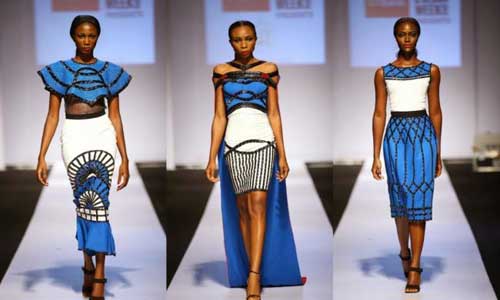
As per Omoyemi Akerele, CEO of SHF & Founder of LFDW, creating both a platform and setting an agenda that posits African fashion as every bit as desirable has not been an easy task. Africa is diverse and dynamic in terms of culture, historical references and commercial viability but the fashion and apparel sector within Africa is still often met with a degree of uncertainty and fascination. The event can play a major part in offering buyers an opportunity to see and purchase clothing, providing a platform for the wealth of talent in the industry, and capacity building in terms of education and regional government policy.
Meanwhile Akerele and her team have tied up with the right channels to showcase African designers. One such successful relationship is with SHF’s showcases at Pitti Immagine, one of the most prestigious international fashion platforms and the British Fashion Council’s Fashion Scout shows held during London Fashion Week. These events allowed instantly recognisable names on the Nigerian fashion landscape such as Lisa Folawiyo, Grey Projects and Gozel Green to gain further visibility and international sale. Akerele firmly believes beyond global markets, there’s lot to be served in the home turf. They want to make both the international fashion market and pan African fashion market co-exist.
Bright projections
According to UNDP projections, Africa will be home to the largest population of working adults in the world with middle class and high net worth individuals of equal relevance to brands by 2040. Realising this potential, luxury fashion major Michael Kors has been an ‘early adaptor’ with his standalone store in Cairo and an outlet in Cape Town’s fashion concept-store, Callaghan. Then there are mid-priced retail stores and brands such as Grey Velvet, ADA and Zebra providing affordable styles.
Domestic companies are finding it worthwhile to invest in the fashion industry now with Nigerian Export Promotion Council supporting the ‘Made In Nigeria’ campaign, and the Ugandan government’s African Growth Opportunity Act, which targeted the garment sector. As Europe continues to contract both in terms of economy and ageing population and insatiable appetites for all things fashion in alternative locations both for established brands and newcomers are unavoidable.


